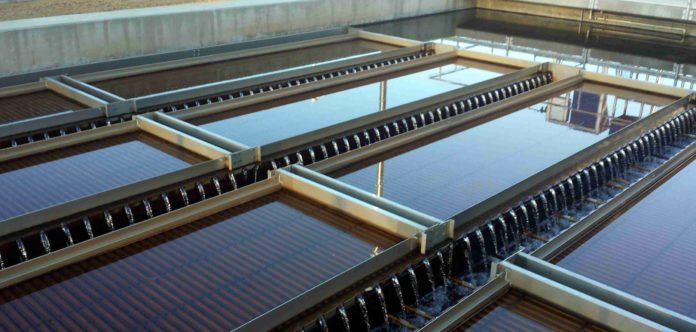Water and wastewater treatment are critical aspects of ensuring that our communities have access to safe, clean, and sustainable water sources. Water treatment involves a series of physical, chemical, and biological processes that remove contaminants and impurities from water, making it safe for consumption or industrial use. Wastewater treatment, on the other hand, is the process of removing pollutants from wastewater before it is released back into the environment.
The equipment used for water and wastewater treatment varies depending on the specific needs of the application, but generally includes physical and chemical treatment systems, biological treatment systems, and advanced treatment systems.
Physical and chemical treatment systems involve processes such as screening, sedimentation, coagulation, flocculation, filtration, and disinfection. These processes remove suspended solids, organic matter, and other contaminants from the water, leaving it clean and safe for use. Physical treatment systems typically involve the use of screens, settling tanks, and filters to remove large particles, while chemical treatment systems use coagulants, flocculants, and disinfectants to remove smaller particles and kill bacteria and viruses.
Biological treatment systems are used to remove organic matter and other contaminants from wastewater through the use of microorganisms such as bacteria and fungi. These systems can include activated sludge systems, trickling filters, and rotating biological contactors. In these systems, wastewater is mixed with microorganisms in a reactor or tank, where they break down organic matter and other pollutants.
Advanced treatment systems are used to remove specific contaminants from water and wastewater that are not removed through traditional treatment methods. These systems can include membrane filtration, reverse osmosis, and ultraviolet disinfection. Membrane filtration involves the use of a semipermeable membrane to remove particles and contaminants from water, while reverse osmosis uses pressure to force water through a membrane, removing impurities. Ultraviolet disinfection uses UV light to kill bacteria and viruses in water.
Overall, water and wastewater treatment equipment and processes are critical in ensuring the health and safety of our communities and the environment. Through the use of advanced treatment technologies and sustainable practices, we can ensure that our water sources remain clean and safe for generations to come.




